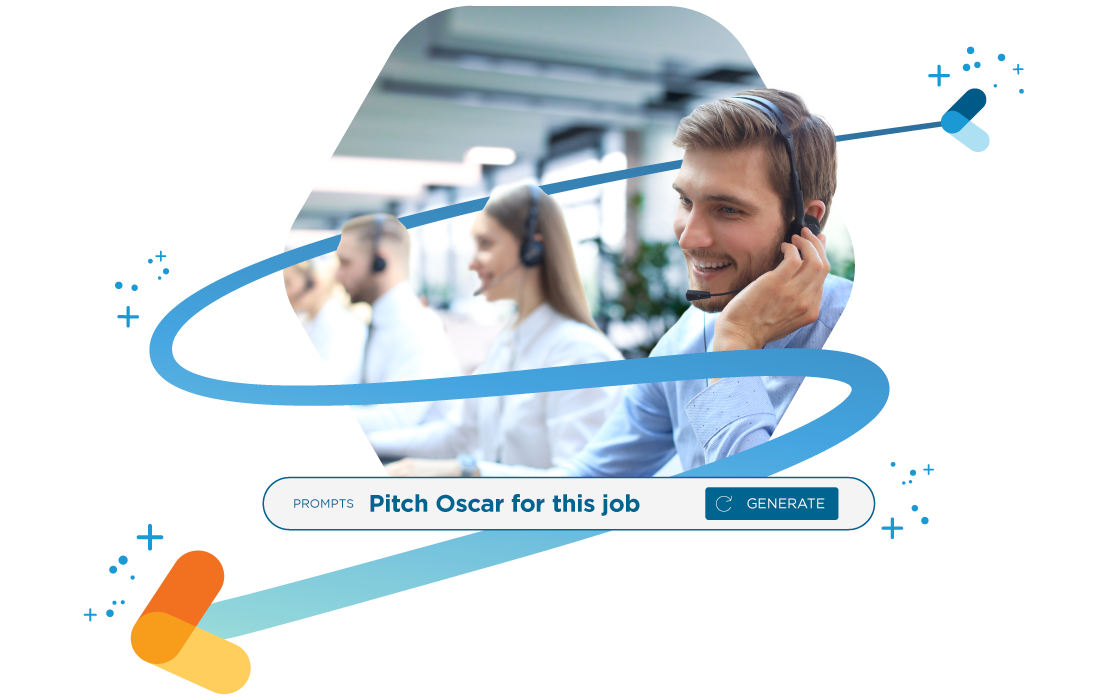4 Ways to Put a Candidate Engagement Plan into Action
Every office is filled with the ghosts of great but abandoned ideas and initiatives. Even the best plans can get sidelined from time and budget limitations or from a lack of momentum. Don’t let this fate befall candidate engagement—it’s simply too important. Here are four actionable steps your agency can take to turn your candidate engagement plan into a reality.
1) Segment your audiences using your Recruitment CRM
Different candidates have wildly different needs. You shouldn’t approach them all with the same messages or with the same frequency. By segmenting your audience with your Recruitment CRM, you can provide them with more meaningful, specific interactions. For example, here’s how you might segment candidates by employment status.
- Top candidates/previous hires: Send content that aims to keep these people warm. Offer in-person meetings and keep them informed about potential opportunities.
- New/uncontacted applicants: Automate the follow-up process in a way that sets realistic expectations, supplements existing efforts, and prepares these people to best utilise your agency’s services.
- Recently unsuccessful applicants: Share tempered follow-up that takes cues from their recent experience. Offer openings to entice them into trying again.
- Inactive candidates: Provide interesting career or industry-based content, job resources, and opportunities based on the candidate’s skills.
2) Direct every recruiter to find an online and offline networking group to join
Networking opens doors and has clear financial benefits when done properly. But doing so also helps you become better at what you do. You’ll learn how to better work with candidates and the right questions to ask to get the right answers. You’ll hear firsthand stories of the difficulties candidates face and you’ll better understand the industry you operate in.
For recruiters who specialise in a certain field, industry functions provide the perfect opportunity to interact with potential candidates. These events often provide the perfect mix of professional and personal, offering up the opportunity to make personal connections and learn more about the current state of the industry from an insider’s perspective.
Social networking is just as valuable as face-to-face networking for recruiters. Create a best practice guide for social networking for your recruitment team. Provide them with a list of curated LinkedIn groups to join and set goals for a set number of interactions on a weekly basis to encourage participation.
3) Teach recruiters how to personalise messages and provide them with examples
Personalisation makes a huge impact on the candidate experience, and it’s far more than simply using the candidate’s name in your emails to them. One way to encourage personalised messages is to create a variety of templates that your recruitment team can personalise.
If you’ve taken the time to segment your audience, you can supply each segment with its own email template. These changes can be pronounced or subtle. For example, you might change your opening greeting to a candidate depending on how long it has been since a recruiter has last contacted them. For other templates, you might want to select some passages for your recruiters to personalise with relevant information about the candidate.
4) Optimise your follow-up attempts with difficult-to-reach candidates
How do you currently assess your attempts at follow-ups with candidates? Is it improvised by the recruiter or based on data? Extensive research exists on the optimal times to call and email candidates. Supplement this with your own data to determine the best times to reach candidates.

This is crucial because connect rate data often runs counter to conventional wisdom. Let’s say a candidate doesn’t pick up the phone or respond to an email. At what point should a recruiter simply give up?
One large study found that that the seventh attempt at calling a candidate is nearly as effective as the third. Another study shows that ten percent of candidates wait until the eighth email to send their first reply. Create a follow-up plan and provide it to all of your recruiters to ensure that you’re reaching the most candidates as efficiently as possible.
Back to Toolkit Grow Your Business With Bullhorn
5 Ways to Use Your Recruitment CRM To Engage Candidates
5 Ways to Use Your Recruitment CRM to Engage Candidates When it comes to candidate engagement, the “Why?” is the simple part. You probably know why it’s more important than ever to engage and satisfy candidates. The tricky part is the “How?” How do you turn candidate experience ambitions into reality? Your recruitment CRM is […]
Improve Customer Satisfaction By Engaging Candidates
Improve Customer Satisfaction by Engaging Candidates Client satisfaction is crucial to the longevity of any business, but this is especially true in the recruitment industry. Recruitment agencies that don’t generate repeat business aren’t likely to stick around. Given this intense pressure to keep clients happy, it’s easy for candidate satisfaction to get pushed to the […]



